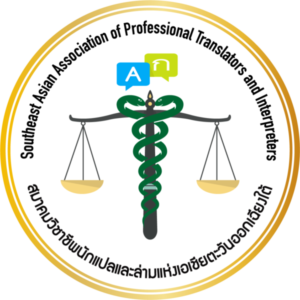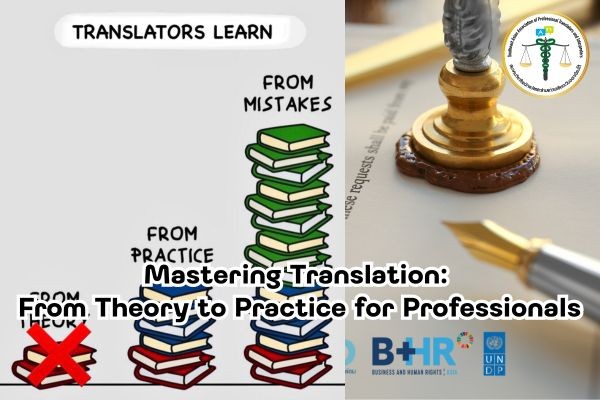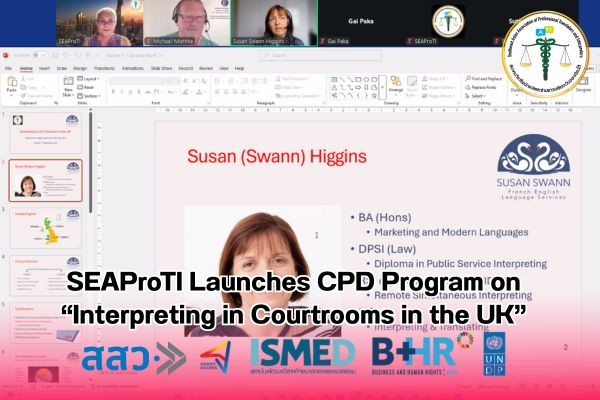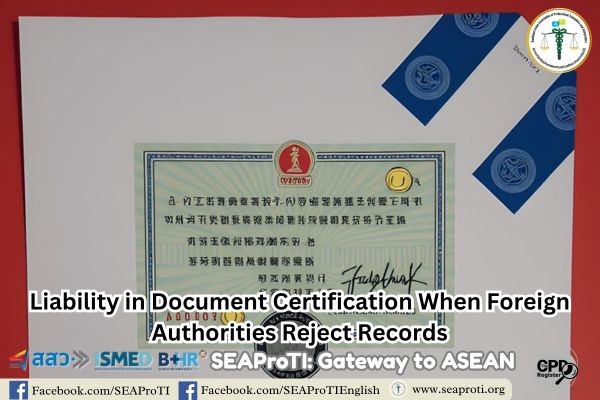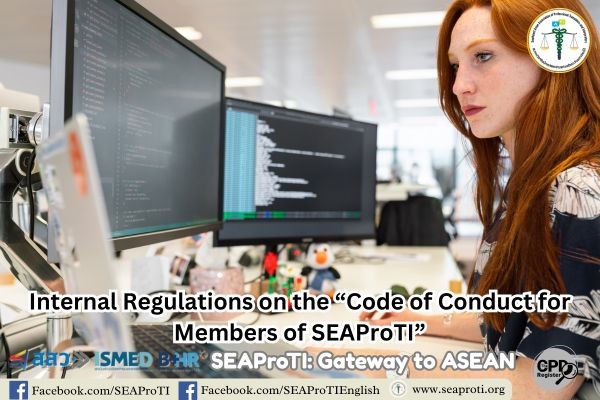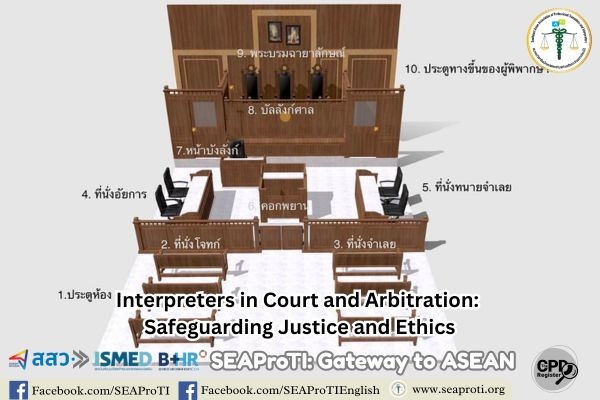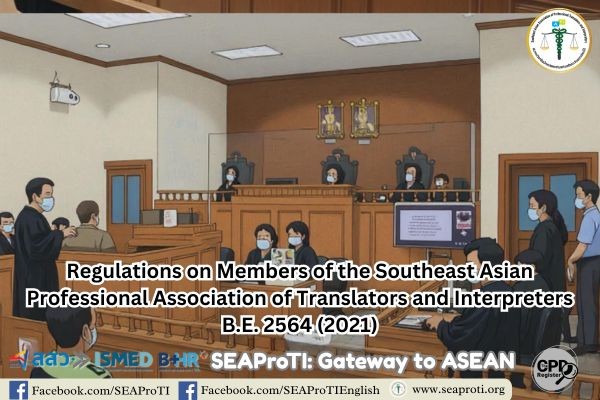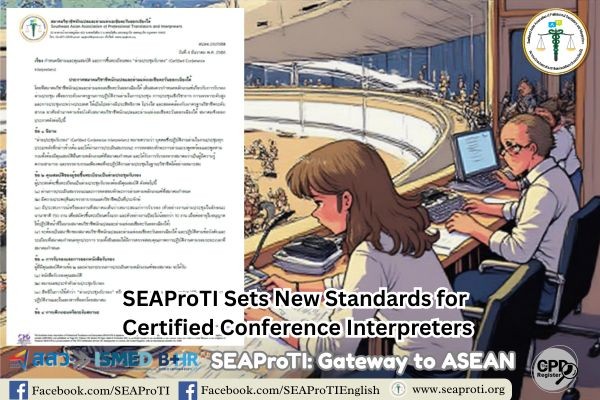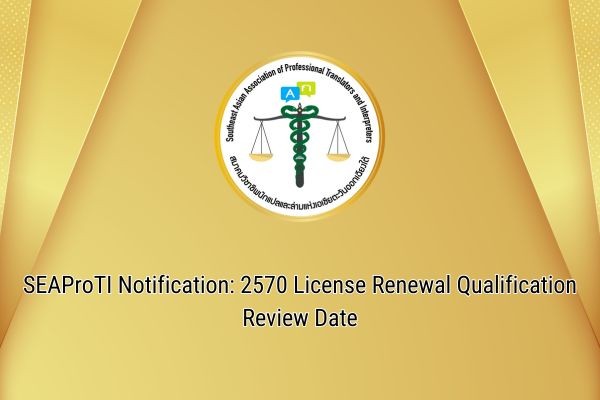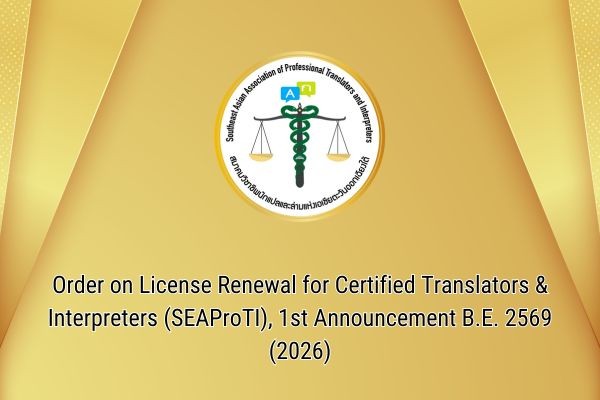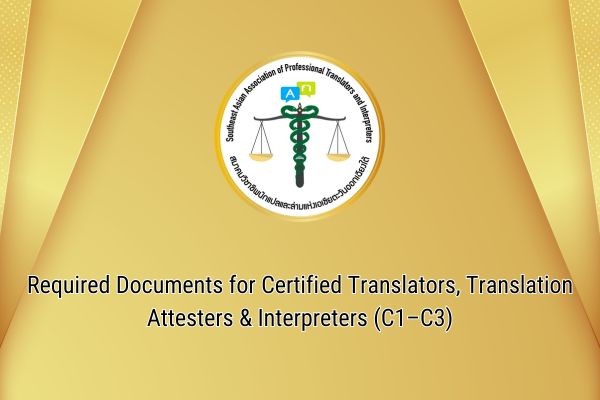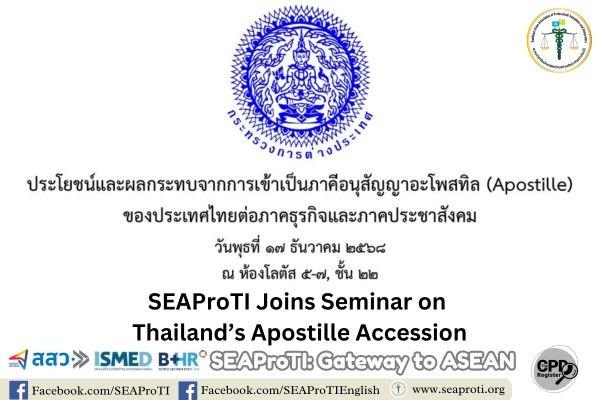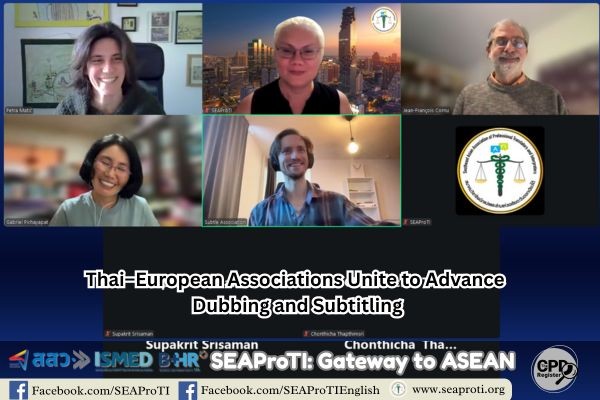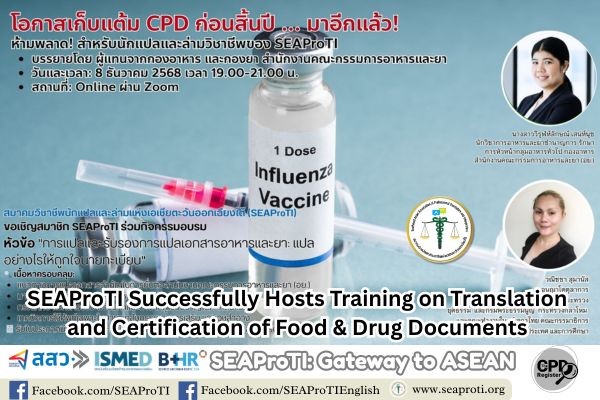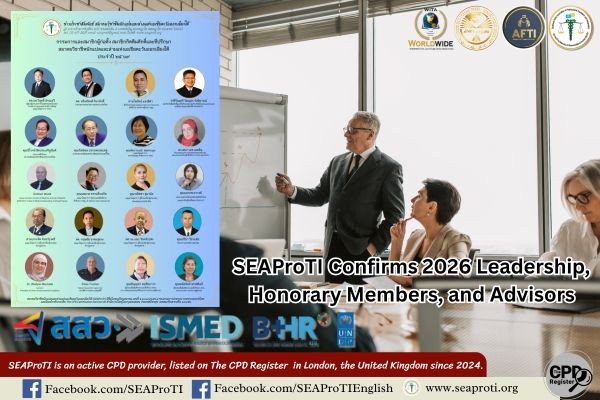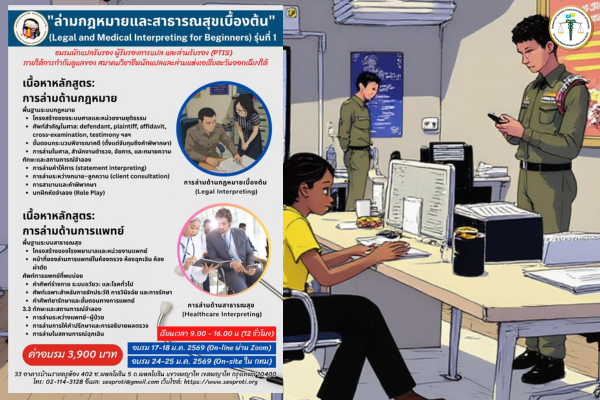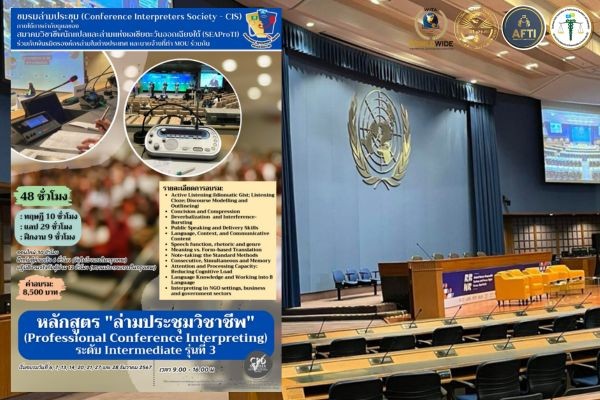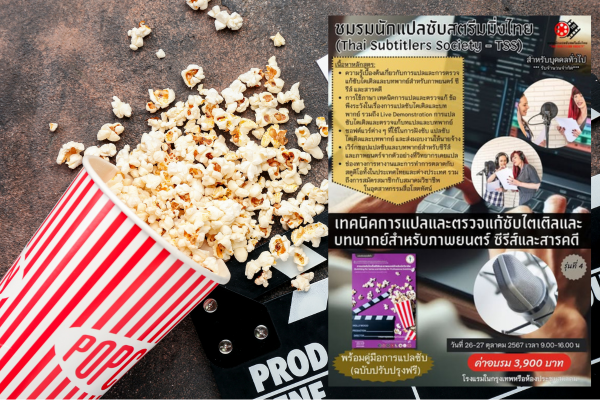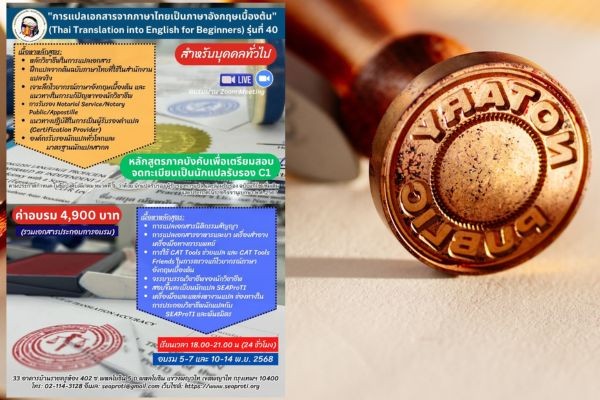Mastering Translation: From Theory to Practice for Professionals
Abstract
This article examines the essence of translation practice, emphasizing that true translation excellence comes not solely from theoretical study but from consistent practical application. It argues that there is one fundamental principle that every translator should internalize: the target reader should have the same experience as the source reader. The article also discusses Skopos theory and offers practical recommendations for translators working in today’s complex intercultural communication environment.
Keywords: translation, Skopos theory, reader experience, practice, cross-cultural communication
1. Introduction
Translation is a complex process involving the transfer of meaning, text, and cultural context from one language to another. While translation theory provides valuable conceptual frameworks, many professional translators agree that genuine skill and expertise arise primarily from repeated hands-on experience (Munday, 2016).
2. Skopos Theory and Debates
One of the most influential frameworks in recent decades is Skopos theory, developed by Hans Vermeer in the late 1970s. It posits that the purpose (skopos) of a translation determines the methods and strategies employed (Vermeer, 1989). Although widely accepted, Skopos theory has also been criticized for potentially neglecting the original content’s intention and emotional nuances (Nord, 1997).
3. Practice as the Path to Expertise
Practical learning is the cornerstone of good translation. No amount of theoretical knowledge alone can prepare translators to fully convey the meaning and emotions of a source text. It is through consistent practice that translators develop an acute awareness of the linguistic and cultural subtleties of the target language (Pym, 2010).
4. The Core Principle of Translation
Werner Patels (1987) proposed a simple yet powerful principle: “The reader of the translated text must have the exact same experience as the reader of the original text.” This concept underscores the importance of preserving not only the content but also the tone, emotion, and cultural connotations embedded in the source text.
5. Recommendations for Translators
Translators are advised to use theories as preliminary guides and then focus on hands-on translation within their fields of expertise. Regular self-assessment and feedback from peers and target readers are essential for continuous improvement (Gile, 2009).
6. Conclusion
While translation theory provides essential guidelines, excellence in translation ultimately stems from continuous practical work. Patel’s (1987) principle remains an invaluable benchmark, guiding translators toward balancing linguistic accuracy with preserving the reader’s experience across cultures.
References
- Gile, D. (2009). Basic concepts and models for interpreter and translator training (Rev. ed.). John Benjamins Publishing.
- Munday, J. (2016). Introducing translation studies: Theories and applications (4th ed.). Routledge.
- Nord, C. (1997). Translating as a purposeful activity: Functionalist approaches explained. St. Jerome Publishing.
- Patels, W. (1987). The translator’s motto: Ensuring equal reader experience. Unpublished manuscript.
- Pym, A. (2010). Exploring translation theories. Routledge.
- Vermeer, H. J. (1989). Skopos and commission in translational action. In A. Chesterman (Ed.), Readings in translation theory (pp. 173–187). Oy Finn Lectura Ab.
SEAProTI’s certified translators, translation certification providers, and certified interpreters:
The Southeast Asian Association of Professional Translators and Interpreters (SEAProTI) has officially announced the criteria and qualifications for individuals to register as “Certified Translators,” “Translation Certification Providers,” and “Certified Interpreters” under the association’s regulations. These guidelines are detailed in Sections 9 and 10 of the Royal Thai Government Gazette, issued by the Secretariat of the Cabinet under the Office of the Prime Minister of the Kingdom of Thailand, dated July 25, 2024, Volume 141, Part 66 Ng, Page 100.
To read the full publication, visit: the Royal Thai Government Gazette
การฝึกฝนและหลักการสำคัญของการแปล: จากทฤษฎีสู่การปฏิบัติ
บทความนี้กล่าวถึงแก่นแท้ของการฝึกฝนงานแปล โดยชี้ให้เห็นว่างานแปลที่ดีไม่ได้ขึ้นอยู่กับการศึกษาทฤษฎีเพียงอย่างเดียว แต่ต้องอาศัยการลงมือปฏิบัติจริงอย่างต่อเนื่อง พร้อมทั้งนำเสนอหลักการพื้นฐานหนึ่งเดียวที่นักแปลควรยึดถือ นั่นคือ การทำให้ผู้อ่านของต้นฉบับและฉบับแปลได้รับประสบการณ์เดียวกัน การอภิปรายยังกล่าวถึงบทบาทของทฤษฎี Skopos และข้อเสนอแนะเชิงวิชาชีพสำหรับนักแปลในยุคปัจจุบัน
คำสำคัญ: การแปล, ทฤษฎี Skopos, ประสบการณ์ผู้อ่าน, การฝึกฝน, การสื่อสารข้ามวัฒนธรรม
1. บทนำ
งานแปลเป็นกระบวนการที่ซับซ้อนซึ่งเกี่ยวข้องกับการถ่ายทอดความหมาย ข้อความ และบริบททางวัฒนธรรมจากภาษาหนึ่งไปสู่อีกภาษาหนึ่ง แม้ว่าทฤษฎีการแปลจะมีบทบาทในการสร้างกรอบแนวคิดและคำอธิบายเชิงวิชาการ แต่นักแปลมืออาชีพจำนวนมากเห็นตรงกันว่าทักษะและความเชี่ยวชาญที่แท้จริงเกิดจากการลงมือปฏิบัติอย่างสม่ำเสมอ (Munday, 2016)
2. ทฤษฎี Skopos และข้อถกเถียง
หนึ่งในทฤษฎีที่มีอิทธิพลสูงสุดในยุคหลัง คือ Skopos theory ซึ่งพัฒนาโดย Hans Vermeer ในช่วงปลายทศวรรษ 1970 โดยเน้นว่าจุดประสงค์ (skopos) ของงานแปลเป็นสิ่งกำหนดวิธีการและกลยุทธ์ในการแปล (Vermeer, 1989) แม้จะได้รับความนิยม แต่ทฤษฎีนี้ก็ถูกวิพากษ์ว่าอาจละเลยความสำคัญของเนื้อหาดั้งเดิมหรือความรู้สึกที่ต้นฉบับต้องการถ่ายทอด (Nord, 1997)
3. การฝึกฝน: เส้นทางสู่ความเชี่ยวชาญ
การเรียนรู้เชิงปฏิบัติคือหัวใจของการเป็นนักแปลที่ดี ไม่ว่าผู้แปลจะเรียนรู้ทฤษฎีมากเพียงใด หากขาดการฝึกฝนจริงก็ยากที่จะสามารถสื่อสารความหมายและอารมณ์ของต้นฉบับได้อย่างสมบูรณ์ (Pym, 2010) กระบวนการฝึกฝนอย่างต่อเนื่องจะช่วยให้นักแปลเข้าใจความละเอียดอ่อนของภาษาและวัฒนธรรมเป้าหมายได้ลึกซึ้งขึ้น
4. หลักการพื้นฐานของงานแปล
Werner Patels (1987) ได้นำเสนอหลักการที่เรียบง่ายแต่ทรงพลังว่า “ผู้อ่านของต้นฉบับและผู้อ่านของฉบับแปลต้องได้รับประสบการณ์เดียวกันทุกประการ” หลักการนี้เน้นการรักษาประสบการณ์ของผู้อ่านในทุกมิติ ไม่ว่าจะเป็นอารมณ์ น้ำเสียง หรือวัฒนธรรมที่แฝงอยู่ในข้อความต้นฉบับ
5. ข้อเสนอแนะสำหรับนักแปล
นักแปลควรใช้ทฤษฎีเป็นเพียงกรอบแนวคิดเบื้องต้น จากนั้นจึงลงมือฝึกฝนจริงในสาขาหรือประเภทข้อความที่ตนเองเชี่ยวชาญ พร้อมทั้งหมั่นประเมินตนเองและเปิดรับคำวิจารณ์จากผู้เชี่ยวชาญและผู้อ่าน เพื่อยกระดับคุณภาพงานอย่างต่อเนื่อง (Gile, 2009)
6. บทสรุป
แม้ว่าทฤษฎีการแปลจะให้แนวทางที่มีคุณค่า แต่งานแปลที่ดีเกิดจากการลงมือปฏิบัติจริงเป็นหลัก หลักการของ Patels (1987) ยังคงเป็นแนวทางสำคัญที่นักแปลควรยึดถือ เพื่อสร้างความสมดุลระหว่างความถูกต้องของภาษาและประสบการณ์ของผู้อ่าน
เอกสารอ้างอิง
- Gile, D. (2009). Basic concepts and models for interpreter and translator training (Rev. ed.). John Benjamins Publishing.
- Munday, J. (2016). Introducing translation studies: Theories and applications (4th ed.). Routledge.
- Nord, C. (1997). Translating as a purposeful activity: Functionalist approaches explained. St. Jerome Publishing.
- Patels, W. (1987). The translator’s motto: Ensuring equal reader experience. Unpublished manuscript.
- Pym, A. (2010). Exploring translation theories. Routledge.
- Vermeer, H. J. (1989). Skopos and commission in translational action. In A. Chesterman (Ed.), Readings in translation theory (pp. 173–187). Oy Finn Lectura Ab.
เกี่ยวกับนักแปลรับรอง ผู้รับรองการแปล และล่ามรับรองของสมาคมวิชาชีพนักแปลและล่ามแห่งเอเชียตะวันออกเฉียงใต้
สมาคมวิชาชีพนักแปลและล่ามแห่งเอเชียตะวันออกเฉียงใต้ (SEAProTI) ได้ประกาศหลักเกณฑ์และคุณสมบัติผู้ที่ขึ้นทะเบียนเป็น “นักแปลรับรอง (Certified Translators) และผู้รับรองการแปล (Translation Certification Providers) และล่ามรับรอง (Certified Interpreters)” ของสมาคม หมวดที่ 9 และหมวดที่ 10 ในราชกิจจานุเบกษา ของสำนักเลขาธิการคณะรัฐมนตรี ในสำนักนายกรัฐมนตรี แห่งราชอาณาจักรไทย ลงวันที่ 25 ก.ค. 2567 เล่มที่ 141 ตอนที่ 66 ง หน้า 100 อ่านฉบับเต็มได้ที่: นักแปลรับรอง ผู้รับรองการแปล และล่ามรับรอง

